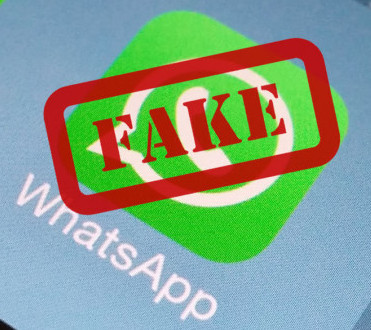Arriving in New York City on Sunday, I was immediately taken aback by the sheer size and volume of the place. It is a phenomenal city to behold.

I was met and given a tour of the new office space, in Battery Park, close to the most southernmost tip of Manhattan Island and located on the 26th floor of a skyscraper, by Senior Vice President, GLOBALHealthPR at Spectrum, Tim Goddard.
Tim gave me a tour of the very sleek, modern office, which offers a magnificent view over Battery Park, while also offering the chance to see the Statue of Liberty from the office balcony.
Leaving the office, Tim took me to visit the 9/11 memorial pools, and museum, which, although a somewhat heavy experience, allowed me to get a real insight into how that tragedy has shaped the New York City of today.
On Monday, I spent my first day in New York office, and was privileged to meet with many of the team, as well, as allowing me to participate in the BioPharma Monthly Team meeting, and to discover lots about the different brands and companies that the BioPharma team works with in the USA.
And, later in the day, I had a phone call to discuss the Consumer Science Practice with Senior Vice President, Darby Pearson. Unlike much of the biotech and pharma-specific work done by Spectrum, the Consumer Science Practice focuses on telling the scientific story of certain consumer products.
This was very interesting to discuss with Darby, and, I was able to offer my feedback and insight around some of the campaign ideas and suggestions that her team is working on, which was a real privilege.
Although the day flew in, it was fascinating to see the New York Office as it came to life, and it’s been really nice to get to meet with some of the team. I look forward to what the rest of the week has in store.
Mark is participating in the GLOBALHealthPR Professional Exchange Program representing exclusive Australian partner, VIVA! Communications. The Program aims to enhance the connectivity of GLOBALHealthPR agencies through collaboration, best practice sharing, and insights into the drivers that affect health and science communications in different markets worldwide, and to build professional relationships with other GLOBALHealthPR personnel around the globe.
About Mark: Mark Henderson is Queensland Branch Manager at GHPR Australia partner, VIVA! Communications. To follow his experiences on the GLOBALHealthPR Professional Exchange Program online, use #GHPRConnects to join the conversation and follow all of the 2016 exchange programming.





